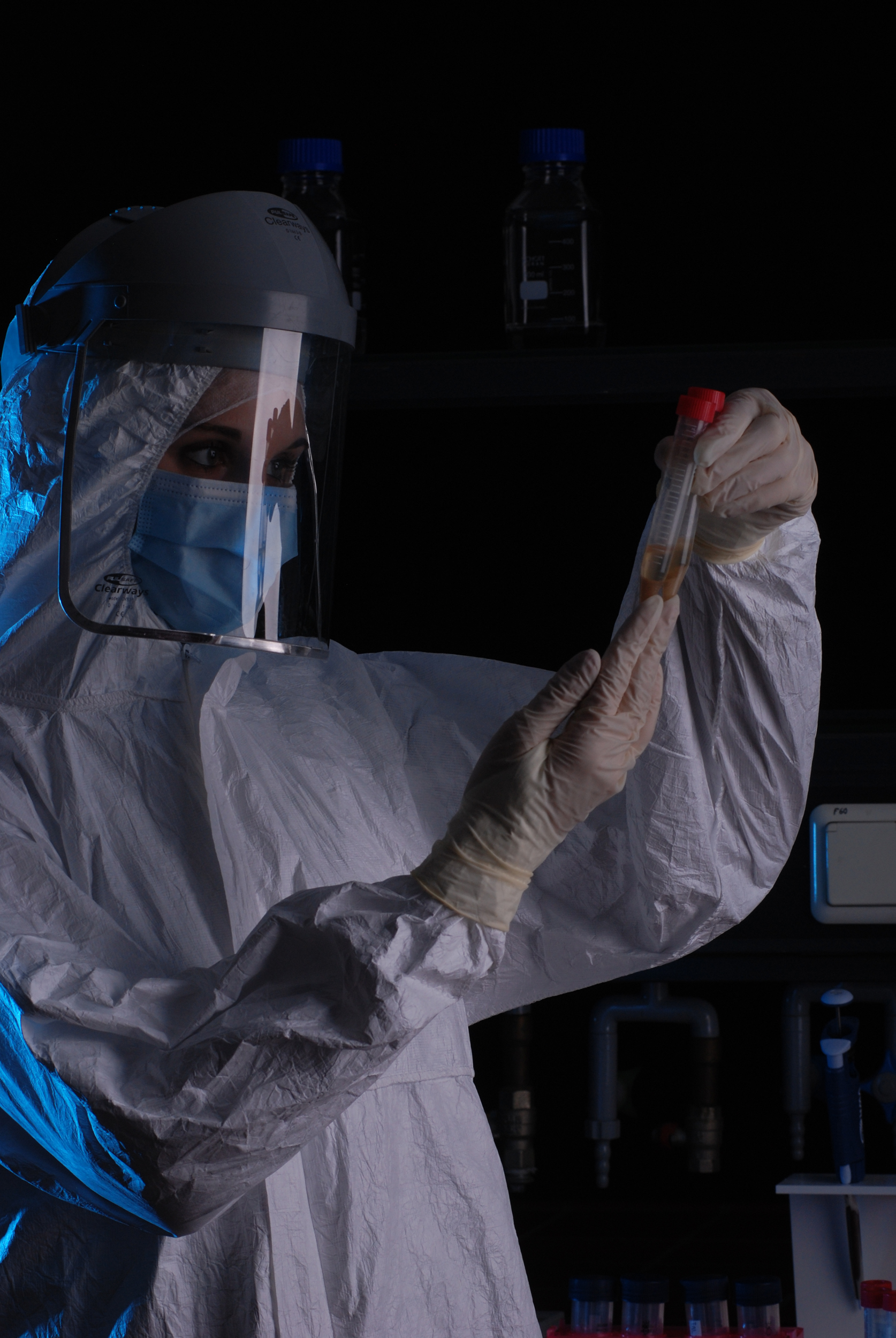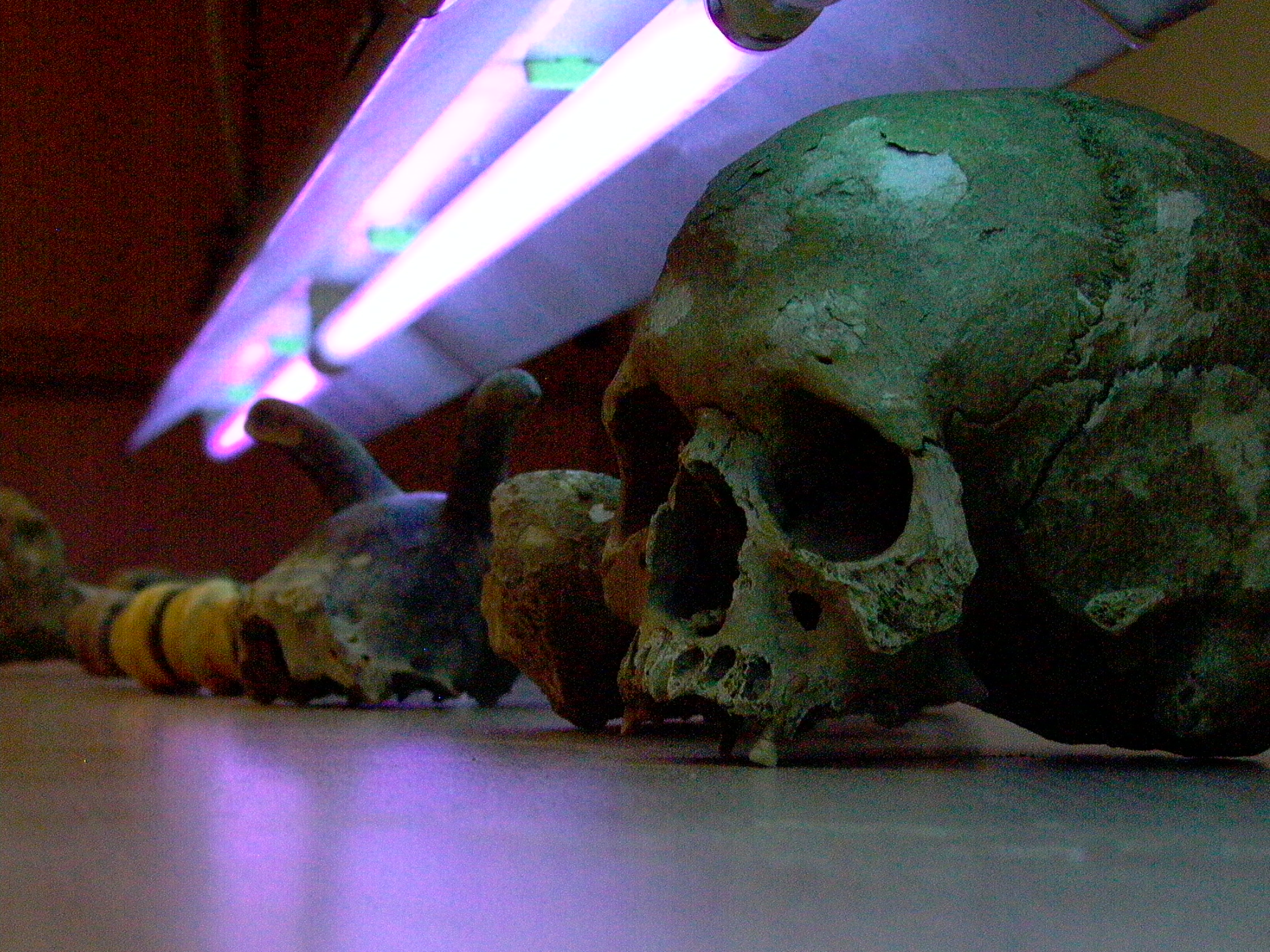Anthropologists from Mainz University together with French and English colleagues have calculated the size of the first domesticated cattle herd
29.03.2012
According to a new genetic study, all currently farmed breeds of cattle descend from just 80 wild oxen, the so-called aurochs, that were domesticated about 10,500 years ago in the Near East. This conclusion was reached by an international team of scientists from Johannes Gutenberg University Mainz (JGU) in Germany, the French National Center for Scientific Research (CNRS), the Museum of Natural History in Paris, and the University College in London. Their study is the first to examine DNA from fossil cattle bones uncovered during archaeological digs in Iran. Located in the region in which cattle were first domesticated, the excavation sites date to the period shortly after the advent of agriculture and livestock holding.
The team of researchers compared DNA sequences from archaeological specimens with those of modern cattle. They discovered that the variations between the populations were only minor and investigated a variety of possible scenarios that could account for these negligible differences. Computer simulations were used to model possible developments over the course of time. The scientists concluded that the genetic differences were so minimal that the ancestors of all domestic cattle now living could only have been a group of a mere 80 individuals of the wild aurochs breed. The study has just been published in the scientific journal Molecular Biology and Evolution.
The study's lead author, Dr. Ruth Bollongino of the Institute of Anthropology of Mainz University and the CNRS in Paris, comments: "We can already rountinely extract reliable DNA sequences from permafrost specimens. Thus, the mammoth is one of the first species whose genome was ever sequenced. But it is much more difficult to work with genetic materials coming from bones unearthed in warmer climate areas such like Iran because this DNA is fairly poorly preserved. We had to be extremely careful not to accidentally introduce any contamination in the form of modern cattle DNA sequences."
The potential number of these domesticated animals is of considerable importance with regard to the research into the descent of the domestic animals we are familiar with today. Professor Mark Thomas, a geneticist at the University College in London, notes that this was a surprisingly small number of individuals: "We know from archaeological remains that the wild ancestors of domesticated cattle, the so-called aurochs, once roamed freely throughout Asia and Europe. Humans would thus have had plenty of opportunity to farm these wild cattle."
Professor Joachim Burger from JGU adds: "The aurochs cannot be compared with today's tame and amiable domestic cattle. Just keeping these animals in captivity was quite a difficult undertaking. It must have been a real challenge to successfully tame and breed them over the long run."
Archaeological analyses of prehistoric animal bones also show that not only cattle, but goats, sheep, and pigs were also first domesticated in the Near East. Determining the number of the first wild animals held in captivity, however, is not easy. This is where genetics can lend a helping hand. Especially if DNA can be obtained from the prehistoric specimens themselves, genetic analyses can help complete the picture sketched out by archaeologists. Dr. Jean-Denis Vigne, bioarchaeologist at the CNRS in Paris and co-author of the study, says: "In this study, genetic analyses enabled us to answer questions that archaeologists have never even dared to ask." Regarding domestic cattle, only a small number of ancestors corresponds to existing archaeological findings. Thus, the earliest indications of cattle domestication date to about 10,500 years ago and are restricted to a small region located between southeast Anatolia and Syria, an area in which humans had already become sedentary. Because this region is fairly confined, this may explain why the first experiments in cattle breeding were conducted on such a relatively modest scale.
Dr. Marjan Mashkour of the CNRS in Paris, who works as an archaeozoologist in the Near and Middle East, adds: "This study underscores the importance of excavation sites in regions such as Iran which have been somewhat ignored up to now. Without the data from Iran, we would not have been able to draw these conclusions, which actually have a global relevance."
PHOTO GALLERY




